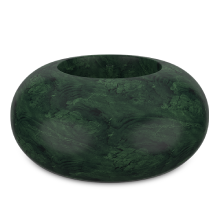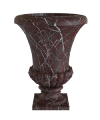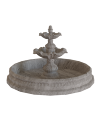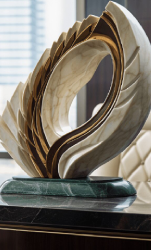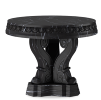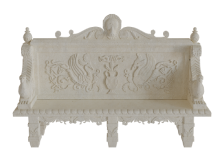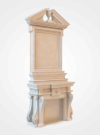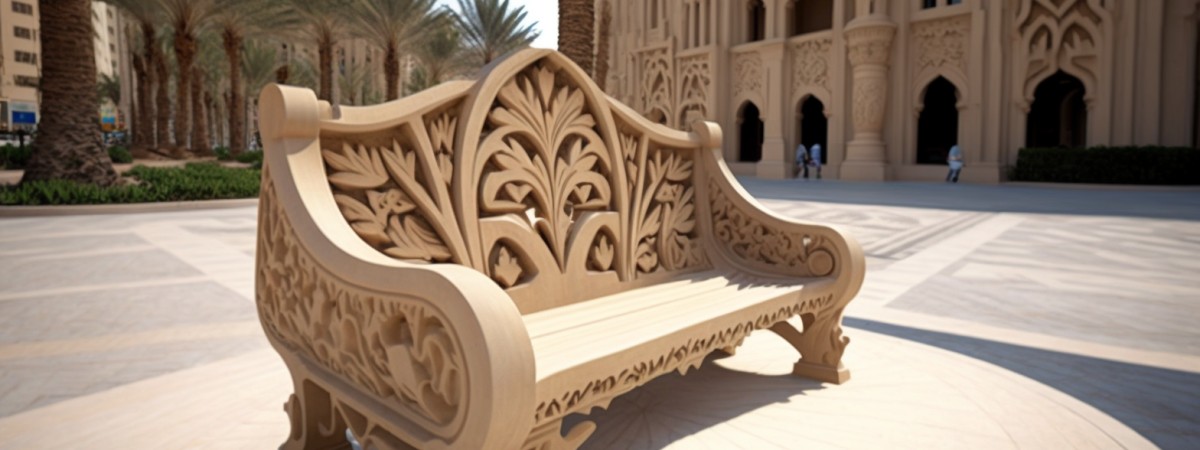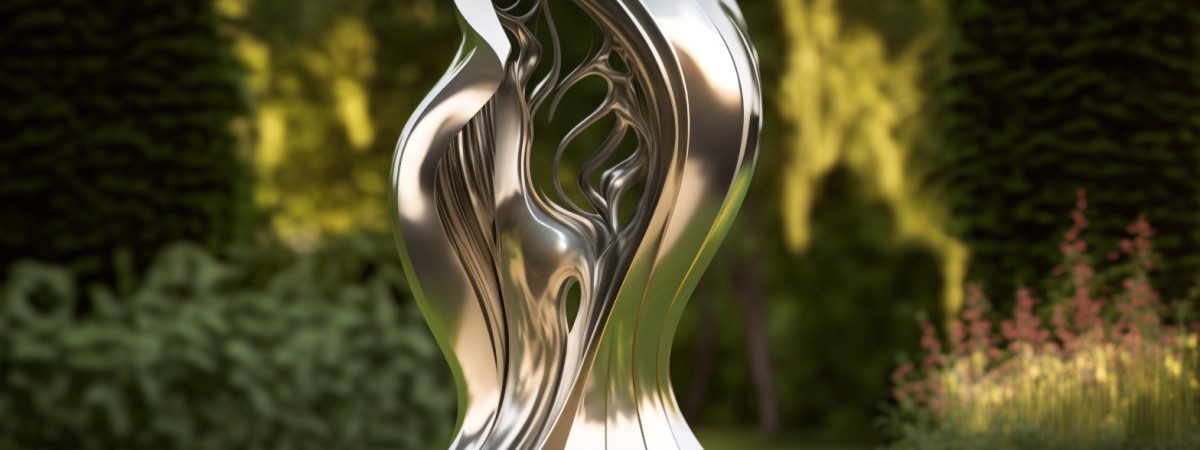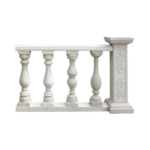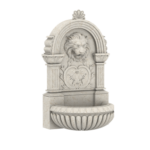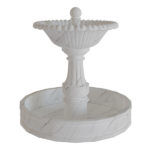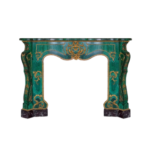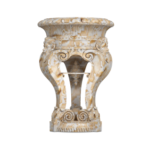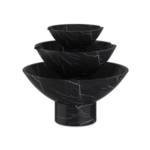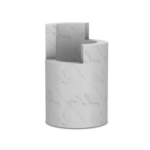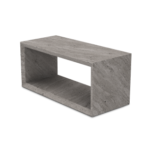March 18, 2023 Author: John Samuel
Designing Public Spaces with Sustainability in Mind – Dubai
Dubai is a city renowned for its breathtaking skyscrapers, luxurious shopping centres, and world-class public spaces. However, with the growing awareness of environmental issues, there is a pressing need to design public spaces with sustainability in mind. By using environmentally friendly materials, reducing energy consumption, and preserving natural resources, public spaces can become more attractive, functional, and eco-friendly.
In this blog, we’ll take a look at the latest trends and inspirations for designing public spaces with sustainability in mind. We’ll also explore how natural stone products, such as fountains, planters, benches, statues, and sculptures, can be used to enhance the beauty and eco-friendliness of your project.

Incorporating Green Spaces
One of the most popular trends in public space design is the incorporation of green spaces. By adding plants, trees, and other vegetation, public spaces become more visually appealing and environmentally friendly. Green spaces help to reduce the urban heat island effect, filter pollutants from the air, and provide a habitat for wildlife. They also offer a peaceful and relaxing environment for people to escape from the hustle and bustle of the city.

Using Sustainable Materials
Another trend in sustainable public space design is the use of environmentally friendly materials. Natural stone products, such as marble, sandstone, and stainless steel, are an excellent choice for public space design. They are durable, long-lasting, and low-maintenance, making them ideal for use in public spaces. In addition, natural stone products can also be sourced sustainably, reducing their environmental impact.

Enhancing Water Features
Water features, such as fountains, are a popular feature in public spaces. They add visual interest, create a calming environment, and help to improve air quality by releasing negative ions into the air. By incorporating water features into public spaces, designers can also reduce their environmental impact by using low-flow pumps, rainwater harvesting, and other water-saving technologies.

Adding Artistic Elements
Artistic elements, such as statues and sculptures, can be used to add visual interest and character to public spaces. These elements can also be used to reflect the cultural heritage of a region, adding historical significance to public spaces. By incorporating artistic elements into public spaces, designers can create a unique and memorable environment that will attract visitors and enhance the overall appeal of the space.

Creating Dynamic Landscapes
Dynamic landscapes, such as terraced gardens and vertical green walls, are another trend in sustainable public space design. These landscapes help to maximise the use of limited space and create a visually appealing environment. They also help to reduce energy consumption by providing natural shade and cooling, reducing the need for air conditioning.

Promoting Walkability
Finally, promoting walkability is an important aspect of sustainable public space design. By incorporating walkways, bike lanes, and other pedestrian-friendly elements into public spaces, designers can encourage people to walk, bike, or take public transportation instead of driving. This reduces carbon emissions, improves air quality, and creates a healthier environment for everyone.





